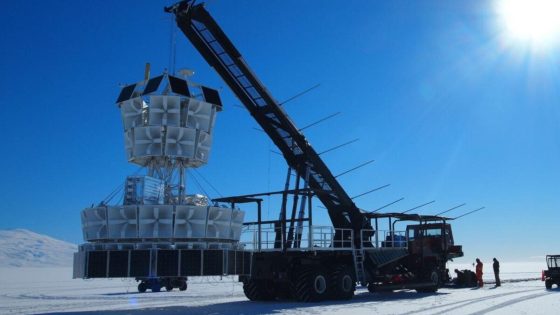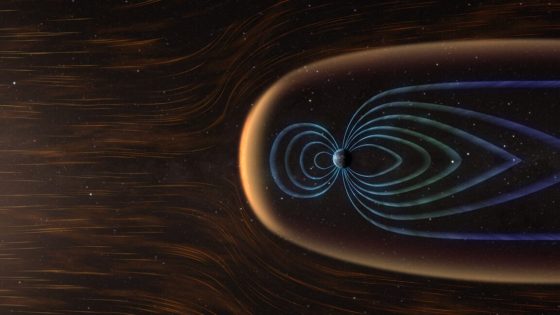A recent breakthrough in wind turbine design has emerged from the innovative work of Penn State student Divya Tyagi. Her research revitalizes a century-old mathematical problem, potentially transforming renewable energy solutions. On 2025-07-22 16:15:00, Tyagi presented her refined equation, which builds on the foundational work of British aerodynamicist Hermann Glauert.
- Divya Tyagi revitalizes century-old mathematical problem.
- Refines Glauert's equation for wind turbine design.
- Incorporates critical forces for turbine efficiency.
- 1% power coefficient increase boosts energy output.
- Recognized with Anthony E. Wolk Award.
- Expanding research into computational fluid dynamics.
Tyagi’s approach addresses critical forces affecting turbine blades, offering a more comprehensive framework for engineers. By incorporating additional coefficients into Glauert’s original equation, she enhances the design of wind turbines, making them more efficient and durable.
This advancement raises an important question: how can small improvements in turbine design lead to significant energy gains? Tyagi’s work suggests that even a 1% increase in power coefficient can have substantial implications for energy production. Key points include:
- Enhanced understanding of aerodynamic performance.
- Improved durability against physical stresses on turbine blades.
- Potential for cost-effective designs in wind energy production.
As we look to the future, advancements like Tyagi’s could redefine the landscape of renewable energy, inspiring further research and development in sustainable technologies.

































